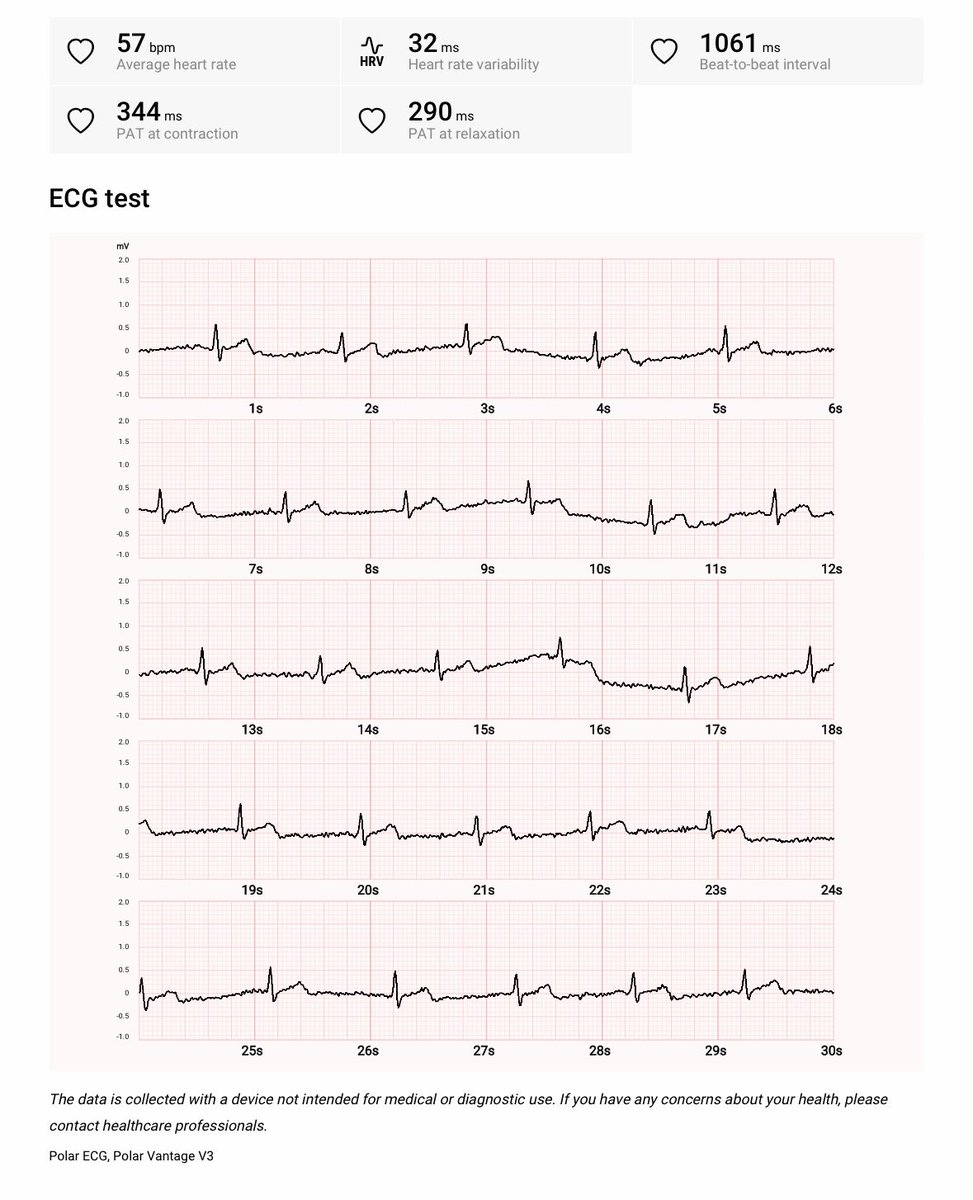Andrew Flatt
@andrew_flatt
Professor and Researcher. Interested in the application of HRV in sport, exercise, and health.
1. We tracked heart rate variability in college football players from day 1 of preseason training through to the national championship. Some key findings & thoughts discussed in the thread below. journals.humankinetics.com/view/journals/…

Highest standing HRV of the summer this morning. Combination of increasing fitness from training in the heat and wrapping up summer semester and the last of several papers last night. Mind is at ease.


I keep seeing slow breathing listed as key method to improve HRV. I’m a fan, but chronic effects on HRV are overstated. People with the highest HRV are the most fit/do the most AE. Often despite not always sleeping great, experiencing mental stress, etc. AE is number 1 factor.
Under appreciated cold water immersion findings applicable in tournament settings: Post-match cold water immersion ↓ Faster parasympathetic reactivation ↓ Enhanced sympathetic drive next match ↓ Superior repeated sprint performance


Common to dismiss HRV for being “too noisy” rather than considering and addressing: - excessive training - poorly managed life stress - dietary factors - hydration - inconsistent sleep schedule - low fitness - health conditions
Stress-induced alterations in ANS activity (↑ sympathetic, ↓ parasympathetic) promote cardiovascular diseases. Habitual aerobic exercise-induced alterations in ANS activity (↓ sympathetic, ↑ parasympathetic) protect against cardiovascular diseases.
As left ventricle mass increases with endurance training, diastolic function improves. As left ventricle mass increases with resistance training, diastolic function worsens. “Do I need to do cardio if I lift a lot and stay lean?” Yes, and walking doesn’t cut it, IMO.
This compendium review examines the full spectrum of exercise-induced cardiac remodeling.
Another watch that doesn’t tell time and HR monitor that doesn’t show HR? Kidding aside, I’m enjoying the Polar Vantage V3 (with a screen). The HRex has been good and the various HRV capabilities, including wrist ECG, are pretty neat. Will test more formally soon.


Sleep HRV vs standing HRV before and after summer trip. Standing values (blue) are much more sensitive to acute factors/stress.



My sleep metrics seem better when I’m most exhausted and require more sleep. The correct interpretation is probably “recovering” but apps often interpret it as “well recovered”. Important difference there.
Kubios is the first HRV app I’ve seen that recognizes saturation (reflected in low HRV despite low HR, <55 bpm) by not interpreting the low RMSSD value as stress/fatigue. The “readiness” stuff is meaningless to me, but the recognition of saturation is really good to see.
